NASA Happy 2nd landiversary, Perseverance Space Technology
nasa I would paint the sky for you.
Stars paint the mesmerizing mosaic sky with one of the brightest nebulae, the Orion Nebula.
About 1300 light-years from the Earth, the Orion Nebula lies south of Orion’s belt. At just a million years old, this bright young star formation contains thousands of new stars with ranges of masses. They call it mosaic for a reason. This nebula contains a treasure trove of diversity for astronomers which include outflows, embedded protostars, brown dwarfs, free-floating planetary objects, and planet-forming disks around young stars.
@NASAWebb's near-infrared camera, NIRCam, captured new imaging of the nebula that was made into some of the largest Webb mosaics observed to date. This image is the long-wavelength color composite, which focuses on the gas, dust, and molecules in the region with unprecedented sensitivity in the thermal infrared.
Image description: An image of a young star-forming region filled with wispy purple, green, and red nebulosity. The purple ionized gas is seen mostly towards the center, with browns, greens, and reds behind, while the periphery is mostly bright green and darker brown to the left. There is a large spray of yellow, orange, red, and purple towards the top center, and the nebula fades to near black to the right. There are thousands of stars sprinkled across the field, concentrated towards the center, but they generally appear fainter at longer wavelengths, with some exceptions. The brightest sources in the field have extensive diffraction spikes characteristic of Webb.
Credit: NASA, ESA, CSA / Science leads and image processing: M. McCaughrean, S. Pearson, CC BY-SA 3.0 IGO
NASA Directorates
The National Aeronautics and Space Administration is broken down into five Mission Directorates. Aeronautics, Exploration Systems, Science, Space Operations, and Space Technology
Aeronautics
For more than a century, NASA and its predecessor organization has been the global leader in aviation research.
Results achieved by NASA’s aeronautical innovators through the years directly benefits today’s air transportation system, the aviation industry, and the passengers and businesses who rely on those advances in flight every day. As a result, today every U.S. commercial aircraft and U.S. air traffic control tower uses NASA-developed technology to improve efficiency and maintain safety. That’s why we say “NASA is with you when you fly!” Yet there still is so much more to explore, so much more to learn. Scientists, engineers, programmers, test pilots, facilities managers, strategic planners, and people with many other skills are focused on transforming aviation to make it more sustainable and more accessible than ever before
-
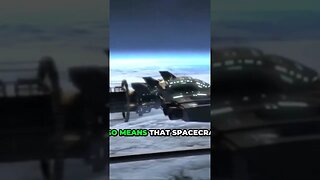 0:45
0:45
MYSTERIOUSREALITIESNOW
1 year agoUncovering NASA's Innovative Solutions for Space Travel You Won't Believe!
4 -
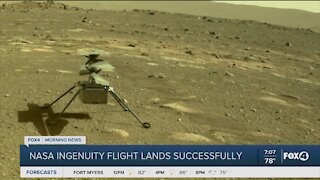 0:27
0:27
WFTX
3 years agoNASA Ingenuity lands successfully
104 -
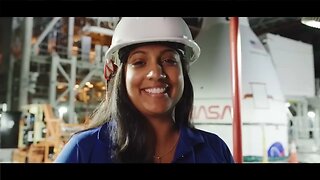 1:24
1:24
LoveSpaceEarth
1 year agoNASA, For the Benefit of All- Mar 10, 2023
2 -
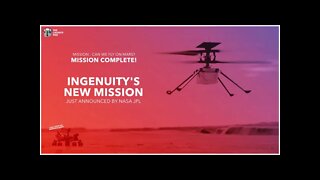 4:14
4:14
TheLaunchPad
3 years agoNASA JPL Announces Ingenuity's Next Mission! | TLP News
3 -
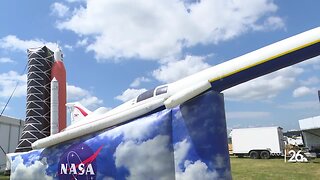 2:17
2:17
WGBA
10 months agoNASA shows off new innovations at AirVenture
8 -
 1:24
1:24
United by Curiosity
1 year agoNASA, For the Benefit of All
30 -
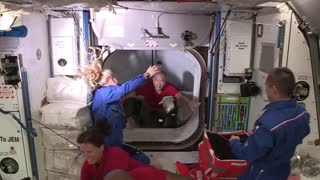 3:37
3:37
Fourthestate
1 year agoNASA Makes Final Prep For Crewed Space Mission To ISS As It Works Towards Commercial Spaceflight
24 -
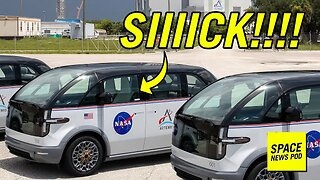 11:14
11:14
Space News Pod
10 months agoNASA Has a SIIIICK New Ride
75 -
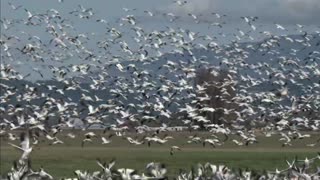 3:59
3:59
tigz15
1 year agoNASA Explores Earth’s Connections
8 -
 6:33
6:33
MaximusAviation
2 years agoRide Along In NASA's U2 Cockpit As It Helps Fight California Wildfires 70,000 feet Above The Earth.
40